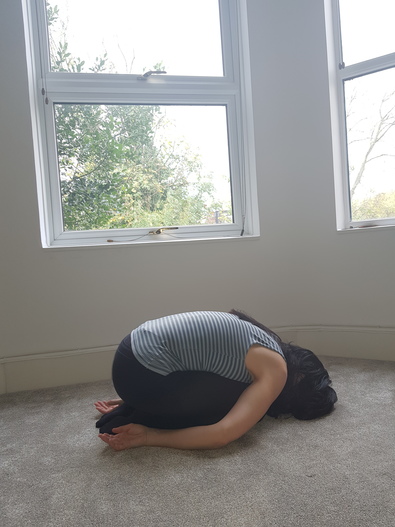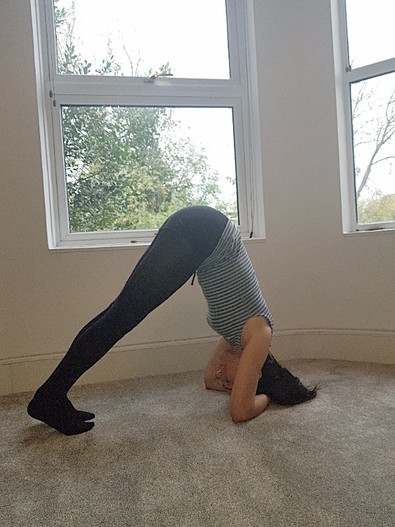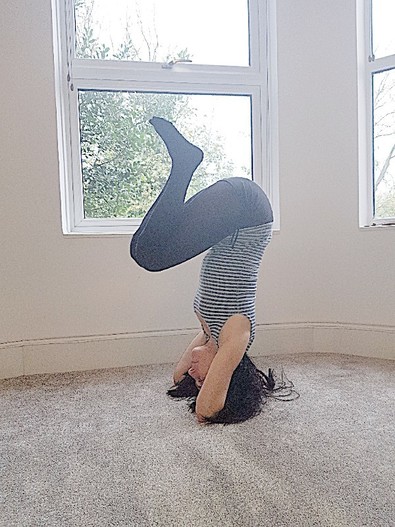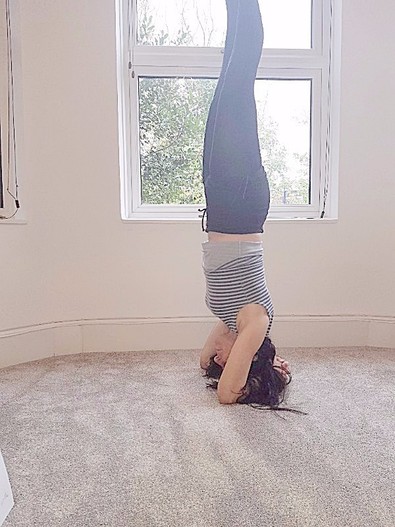I was recently asked to cover a yoga class in Central London by a teacher whom I have never met. I have covered for this teacher before and - for the purpose of this blog - we will call this teacher X. X asked me to cover, I said yes and then via WhatsApp we clinched it.
Sometimes X wants me to text her after teaching - as though I would pull a 'no show' or forget. Still I do oblige when I can, reminding myself that X doesn't know me.
It is possible that X was once burned by a yoga teacher, and so memory dictates expectation now. This is a very human way to live but not a free one. Against this, X's positive experience of yoga teachers may not have stuck. I can relate to this a bit in the arena of family.
This time though when it came to X and cover, I was to have a little shock. The night before the day of my teaching X sent me an unnecessary reminder - which she often does - and in it she also asked me not to teach headstand.
This is an interesting one because whilst I am standing in front of them they are my class. Also I know nothing about X, of course, but I am near-enough mid-50. This means I have been teaching yoga for 12 years and I have been present to groups and learning for decades now. I am renown for being a careful teacher.
Headstand is contra-indicated if the client has high-blood pressure or has ever suffered from a detached retina. I always ask that one aloud. I would also add that headstand is contra-indicated if doing it makes the teacher nervous.
If I am renown for being careful (injuries, pregnancy) then I am famous for getting people on top of their head. There is no ego in this just the pleasure of head-on-the-ground inverting. I never did it as a child and so mastered my first headstand in Cornwall when I was 40 years old. I experienced it as a shift in my relationship to myself and was elated.
As far as I know I have never failed to teach anyone who was ready. By ready I mean willing and, if a client doesn't want to go upside down, I would advise any teacher to honour that without coercion.
Headstand is considered to be the supreme posture in yoga. When you practise this pose regularly strength as well as wisdom comes. The following four steps can be taken slowly and developed. Balance and ease will increase as you practice - and there is always a positive change in the mind. Over time everyone who tries will be able to stand on their head without the consistent aid of a wall or another person.




I did comply with X's wishes and not offer headstand to a corporate class that I would have normally offered it to every time. I told them as well why not but I also made it that their regular teacher was taking care of them. Headstand is not what is frightening. Instead what is frightening is fear. Then if we dig deep enough what we are usually afraid of is the absence of love. This is of course impossible as love is what we are. All of yoga can be a gateway to that. Namaste.
You might also be interested in these articles...
Yoga and Writing on the Road

